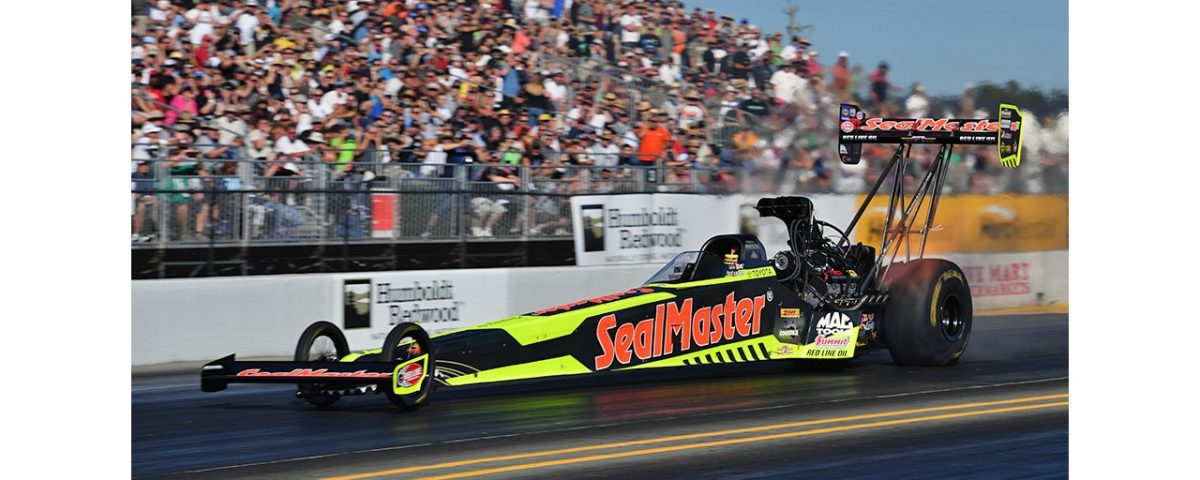When Doug Baker started TECAT Performance Systems four years ago, the main inspiration for our WISER sensor was the need for automotive engineers to have a better way of measuring torque. Although there are many fine instruments for measuring torque within automotive R&D labs, the choices remain much more limited when it comes to measuring torque in real-world, under-the-hood environments. In fact, the first such place we tried out the WISER sensor was on a NASCAR driveshaft. Known at the T3 at the time, this first generation product produced data never seen by the team from an on-track, real-time racing conditions telemetry product. We learned quickly that the technology could be applied with equally impressive results to other types of shafts, such as drive shafts and axle shafts; to flex plates, U-joints, pulleys, wheels, pistons, connecting rods and much much more.
Today, everyone who sees the WISER system in action has ideas for places it could be used that we haven’t thought of yet. That’s how the system branched out from automotive systems to deployments in aviation, mining, and motion control applications, to name a few.
Now we’re seeing an even broader range of parameters that the WISER system can be used to measure. Acceleration, temperature, pressure, distance, magnetization, as well as torque—our on-sensor DAQ with onboard data storage and triggering can capture any combination of these.
But the main thing we set out to accomplish applies to all applications and parameters: now you can get data directly off parts in rotating or translating motion where before you needed to rely on secondary measurements—or even educated guesses—to infer the data.
What would you like to be able to measure directly?
Ask for a free demo of how the WISER system can enable real-world measurements for your application.


